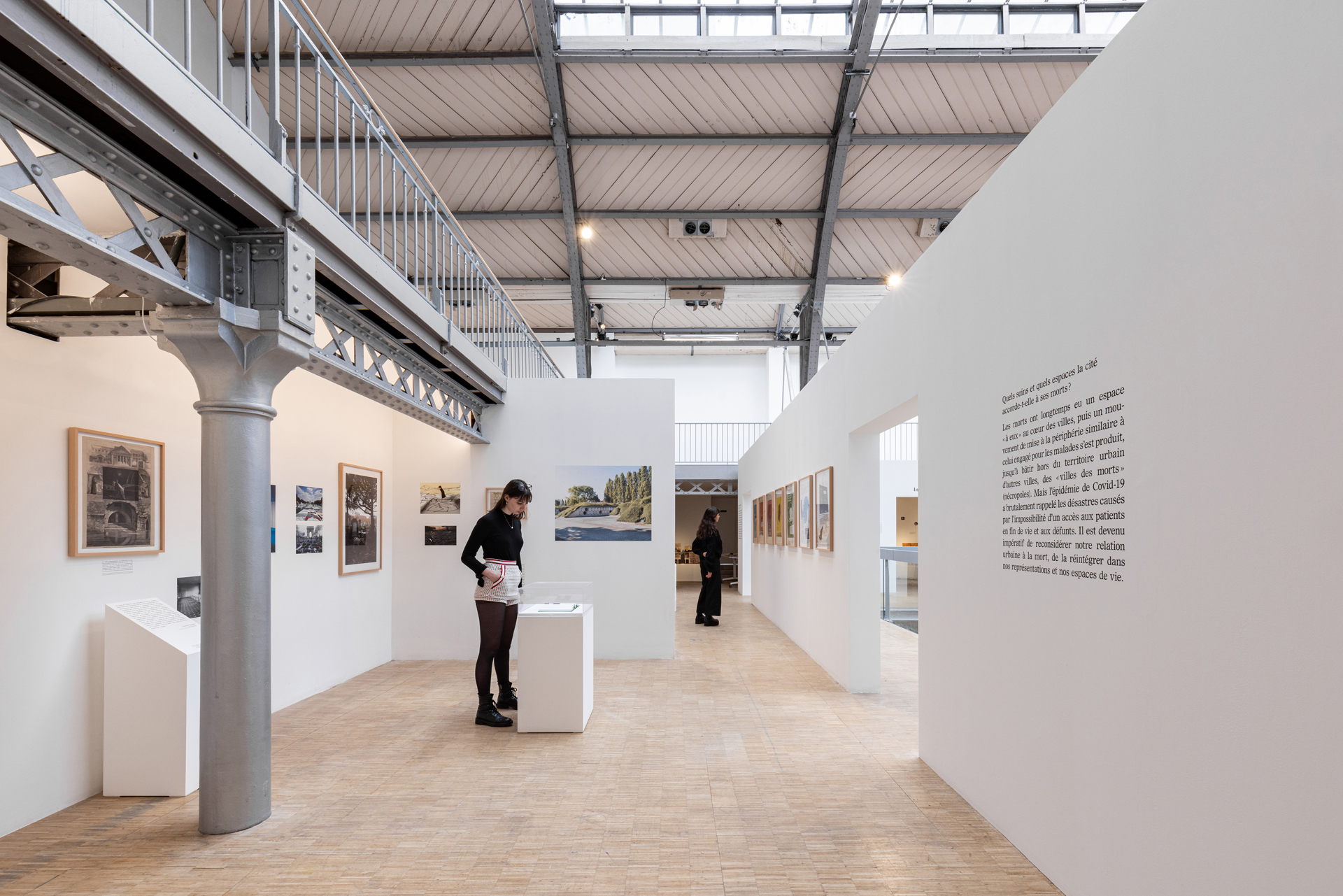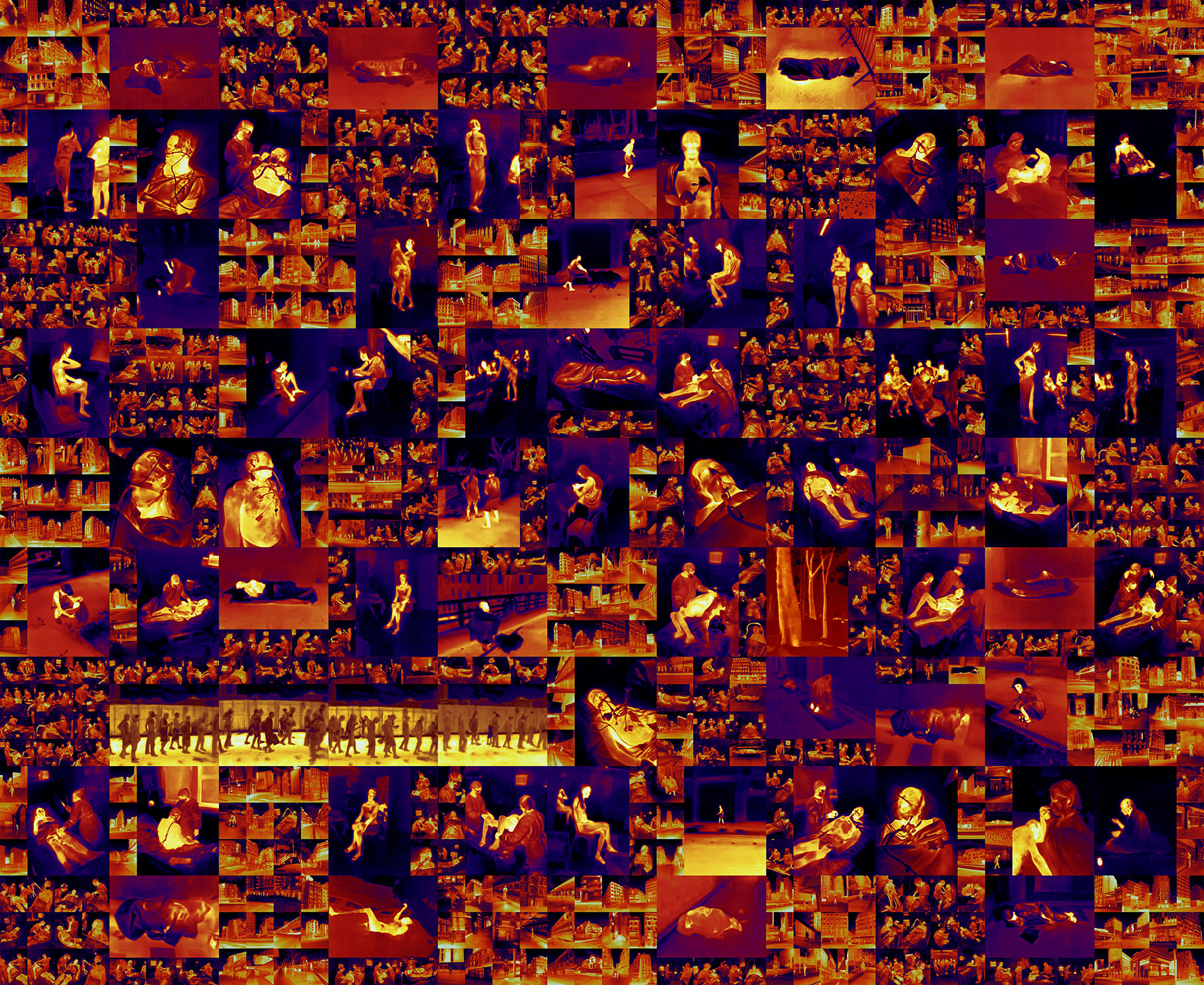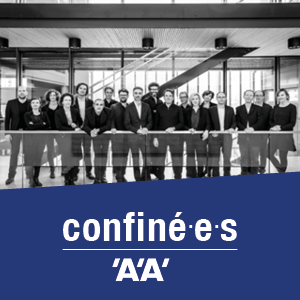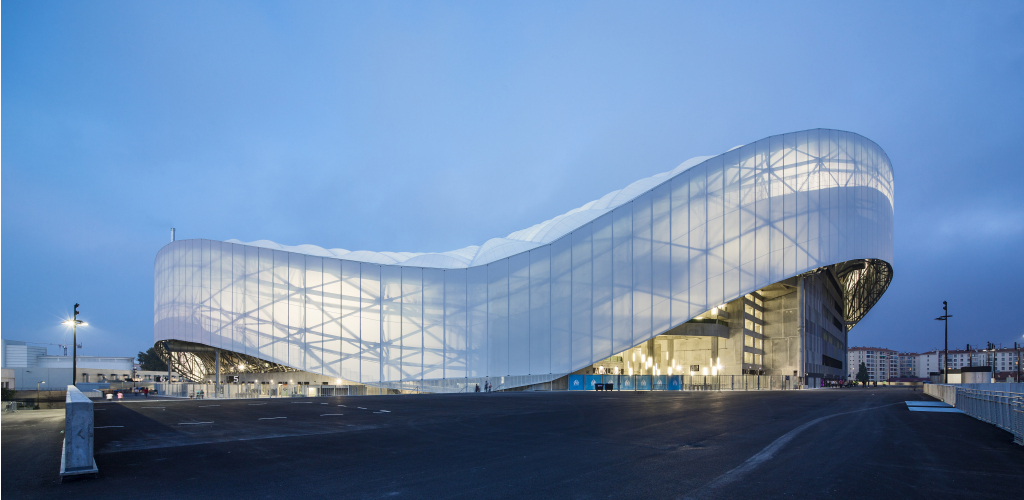
City, Architecture and Care
At the Pavillon de l'Arsenal, the exhibition Soutenir (City, Architecture and Care), commissioned by the philosopher and psychoanalyst Cynthia Fleury and the agency SCAU, explores the links between the issues of care and urbanity. To be discovered until August 28, 2022. By Emmanuelle Borne
The subject is a burning one: the place of care, of the therapeutic act in our pandemic societies seems at last to be acknowledged, even if it is far from being fully developed in out cities. As a result of this awareness, the architecture of care is finally being scrutinised more closely. Its history, its evolution, and the impact it can have on our health, for better or for worse, are among the subjects explored in an exhibition curated by the philosopher and psychoanalyst Cynthia Fleury and the SCAU office (and in particular Éric de Thoisy, its research director ) at the Pavillon de l’Arsenal, in Paris, until next August.

The course of Soutenir (Supporting, City, architecture and care) is organised around seven themes “which form as many relationships between care, the city and architecture.” Distances, Elements, Forms, Borders, Necropolises, Heterotopias, Uninhabitable: defined in those terms, the chosen subjects do not say much about the multiple questions (including, among others, the distancing of illness, the forms that the institution can take, the place given to our dead and what it says about our relationship to care, etc.) and the documents (plans, models, photos, videos, drawings, etc.) they cover. Whether it is Antoine d’Agata’s photographic work recalling a not so distant confined past (Virus), or the ‘psychoarchitecture’ models by artists Christophe Berdaguer and Marie Péjus showing how illness can in turn create its own heterotopias, or this moving painting by Eugène Thirion, L’Origine des établissements hospitaliers à Berck-sur-Mer (1888), on the nursing care given to sick children at a distance from the city… The forms and purposes of the exhibition are (too? ) numerous but will undoubtedly make the whole —and this is a great merit— accessible to a very eclectic public. Not to mention the portraits of nine Ile-de-France locations dedicated to care, such as the mythical Île aux Cygnes.
But what we choose to retain from Soutenir is that, of course, “vulnerability is our common condition,” that the city makes us sick, but also that it can heal. From cure to care, “places and architectures hold and support us, rather than detain and contain us.”
This article is from our issue 448 "Tomorrow's City" available on our online store.
Discover also our Hors-Série SCAU/Architecture and philosophy.





